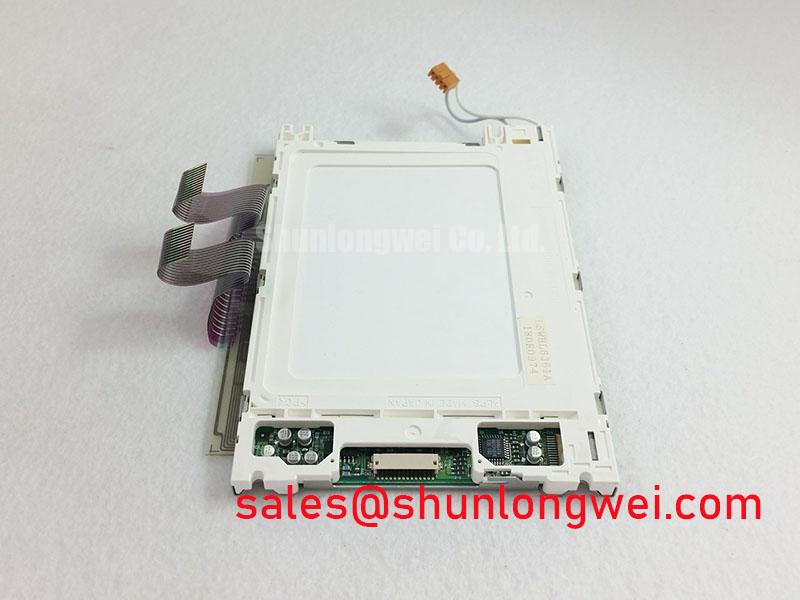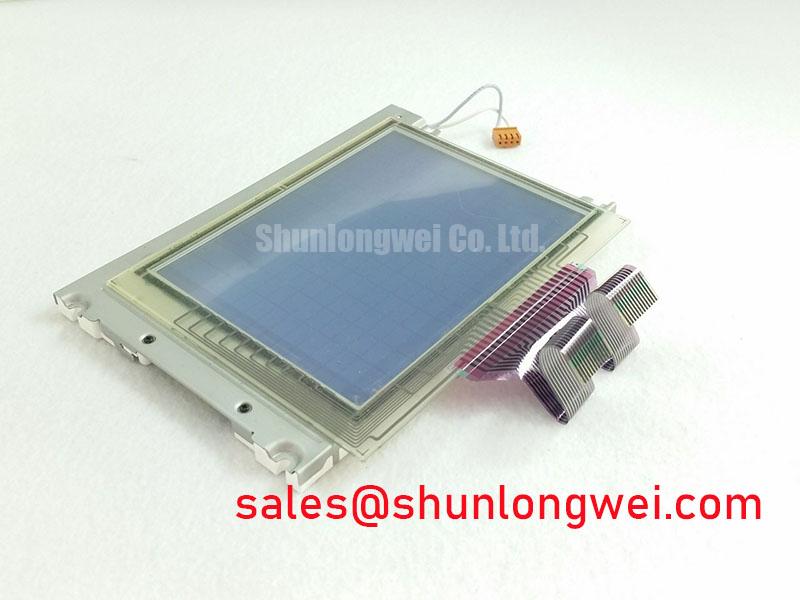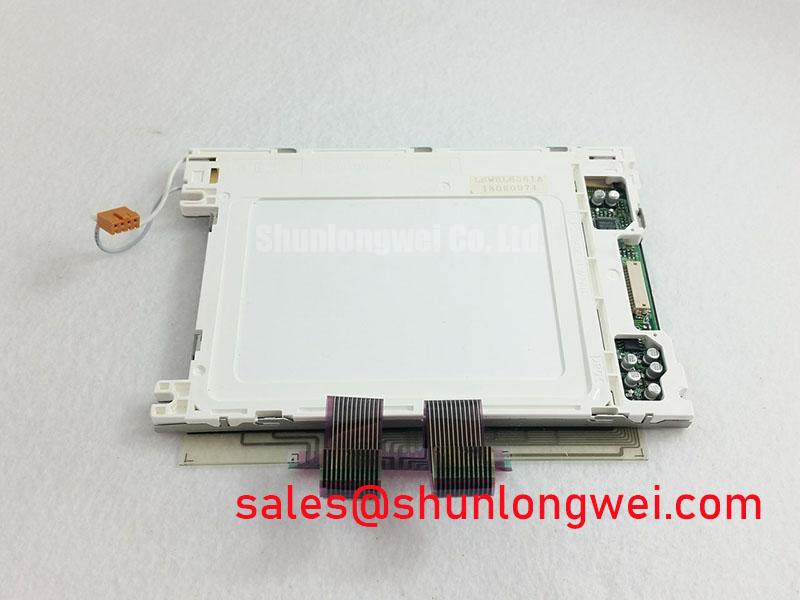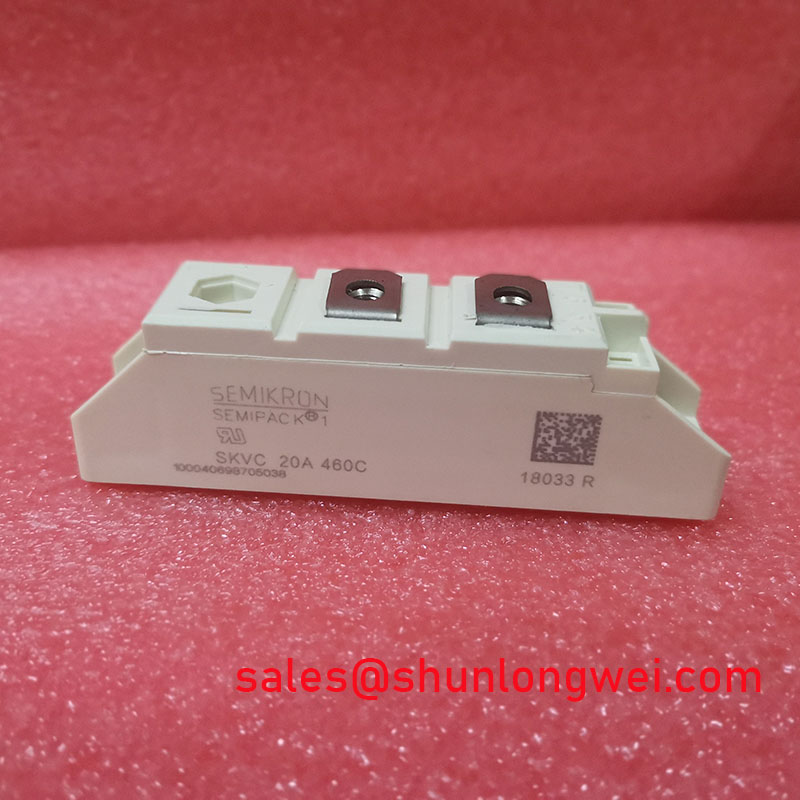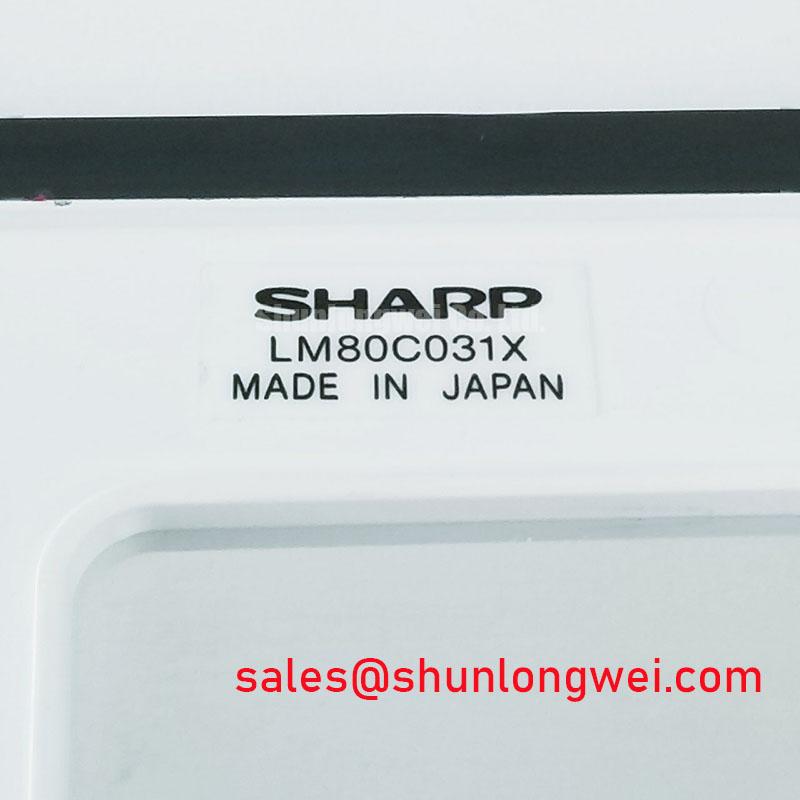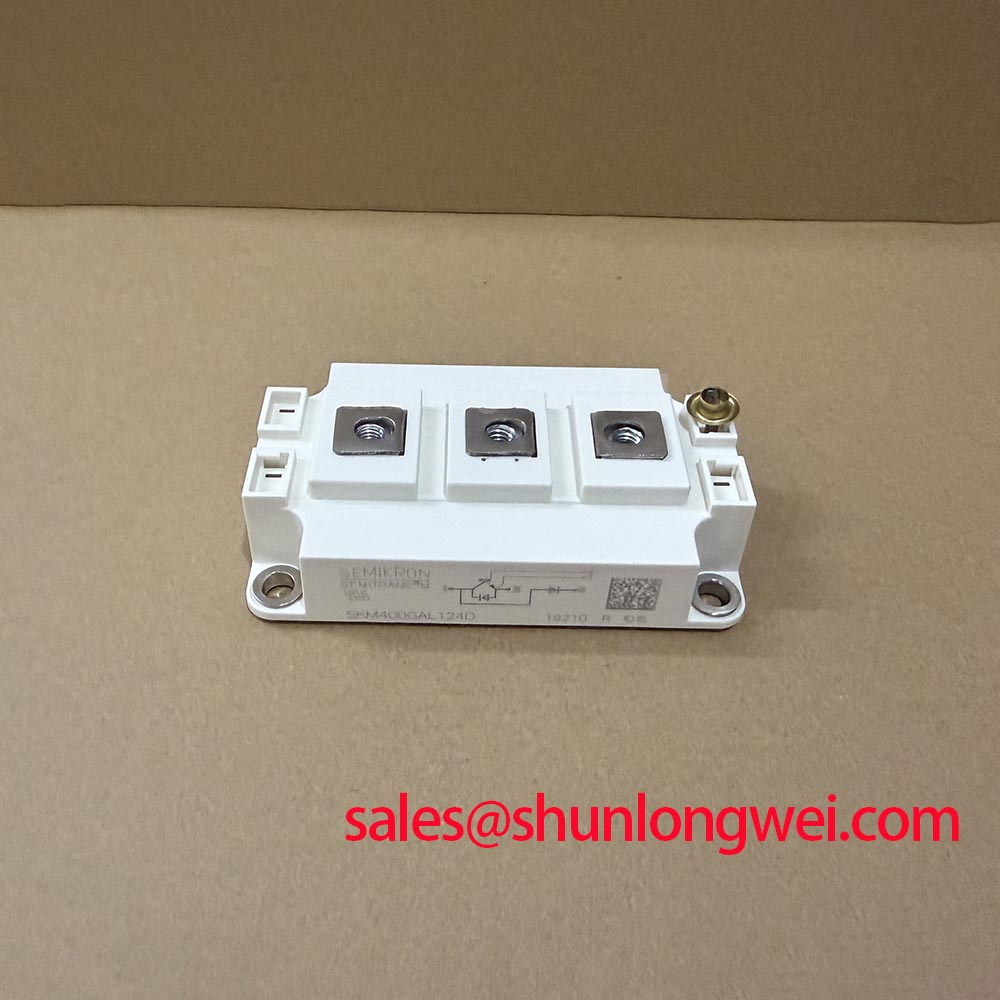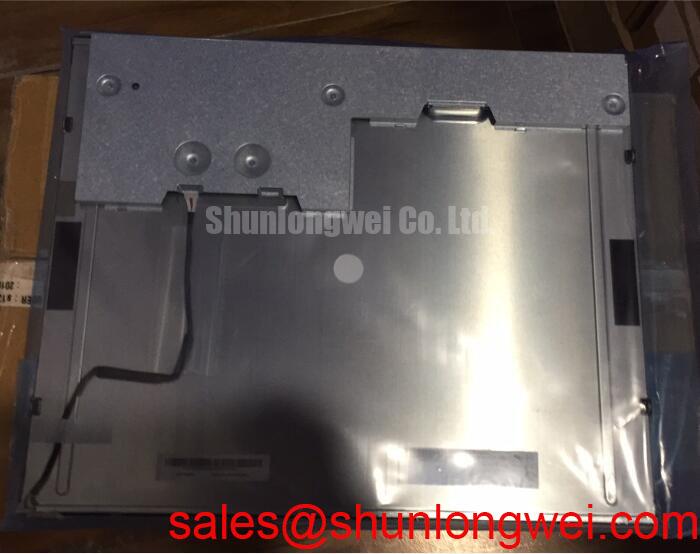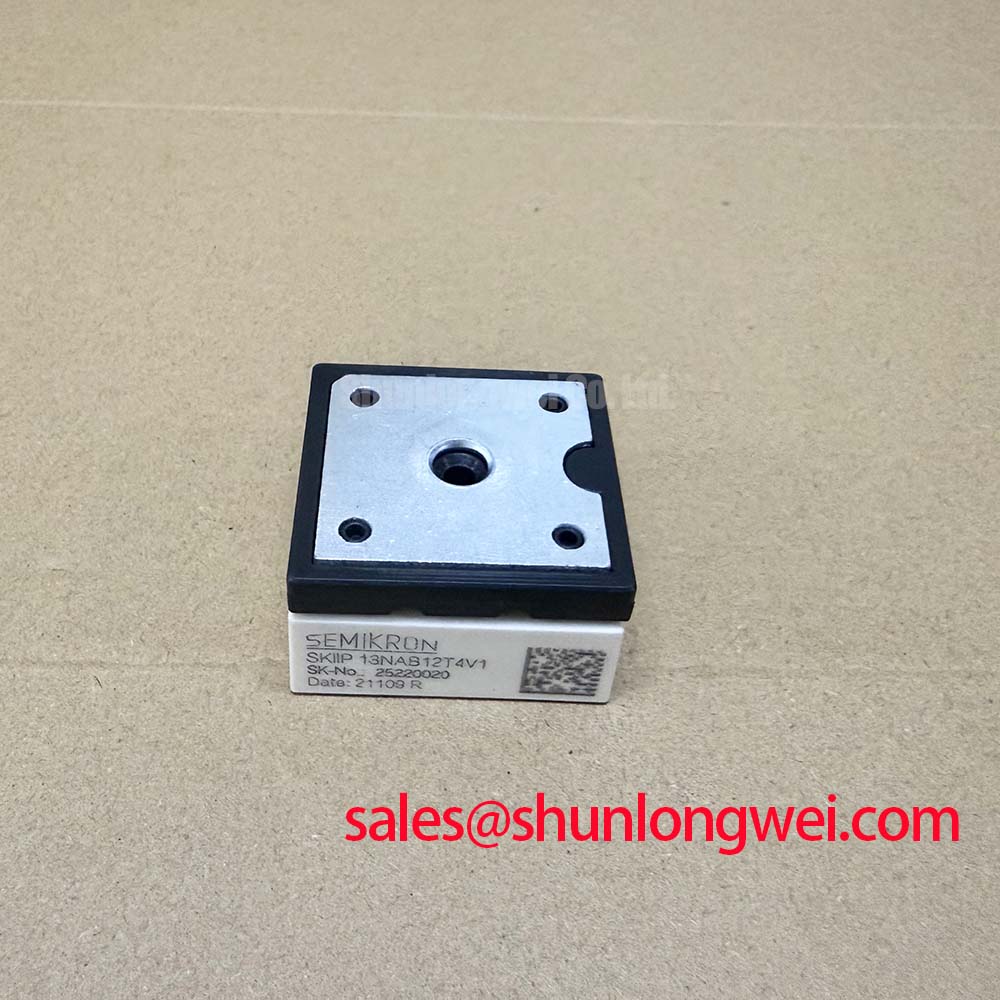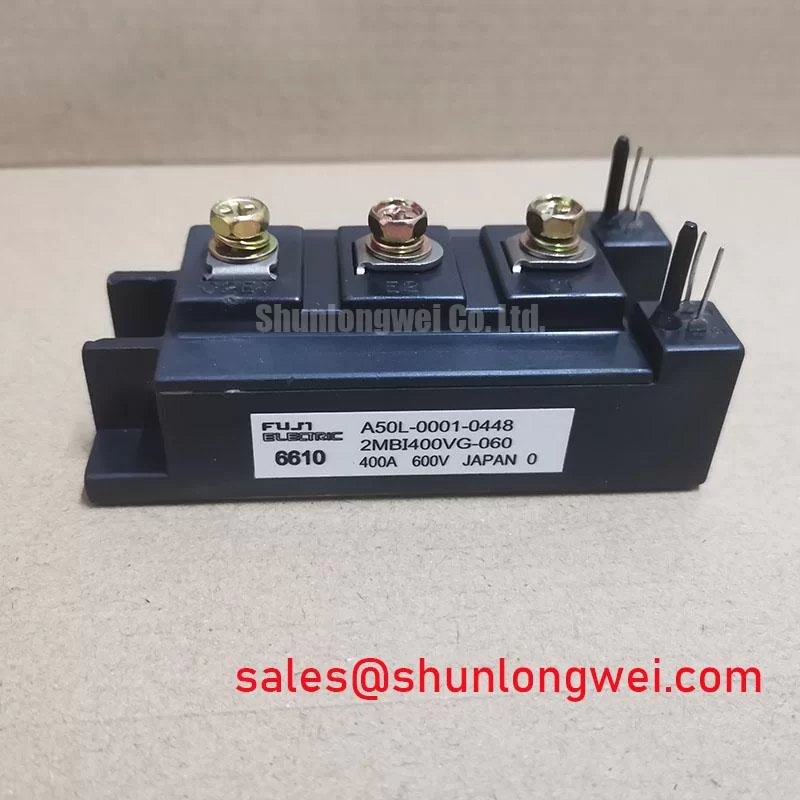Content last revised on October 24, 2025.
LSWBL6361A: Engineering Analysis of a Side-View White LED
Product Overview and Key Highlights
Enabling Reliable and Compact Backlighting Solutions
The LSWBL6361A is a compact side-view white LED delivering superior reliability and visual consistency, engineered for modern backlighting and indication systems. It combines a high-efficacy light engine with a robust package, providing a characterized thermal pathway critical for long-term performance. Key specifications include a luminous flux of 6.3 to 9.4 lm at 20mA, an impressive efficacy of approximately 126 lm/W, and a defined junction-to-solder-point thermal resistance of 90 K/W. This component's primary benefits include enabling ultra-thin backlighting designs and ensuring long-term lumen stability. Its side-emitting package and documented thermal performance make it an ideal choice for integration into light guides where operational longevity and consistent output are paramount. For compact backlighting units prioritizing long-term reliability, the LSWBL6361A's specified 90 K/W thermal resistance is a decisive engineering advantage.
Key Parameter Overview
Decoding the Specs for Thermal and Optical Performance
The performance of the LSWBL6361A is defined by a set of optical and thermal parameters critical for system-level design. The following table highlights the specifications that directly influence efficiency, visual quality, and long-term reliability.
| Parameter | Value | Engineering Significance |
|---|---|---|
| Luminous Flux (@ 20mA, Tj=25°C) | 6.3 - 9.4 lm | Defines the total light output, a primary metric for brightness calculations. |
| Forward Voltage (@ 20mA, Tj=25°C) | Typ. 3.1V (Max. 3.5V) | Essential for power supply and driver circuit design; impacts overall system power budget. |
| Thermal Resistance (Junction to Solder Point) | Typ. 90 K/W | A critical value for thermal modeling, enabling precise heatsink and PCB layout design to ensure reliability. |
| Viewing Angle | 120° | Specifies the light distribution pattern, crucial for designing uniform illumination in light guides and diffusers. |
| Package Dimensions | 3.0 x 1.0 x 1.5 mm | The compact, side-emitting form factor allows for integration into extremely low-profile designs. |
| Operating Temperature Range | -40°C to +85°C | Confirms suitability for a wide range of industrial and commercial operating environments. |
Application Scenarios & Value
Achieving Uniformity and Longevity in Compact HMI Backlights
A primary engineering challenge in designing handheld industrial or medical instruments is creating a bright, uniform display backlight that is both power-efficient and reliable over thousands of operating hours. The LSWBL6361A directly addresses this scenario. Its side-emitting design is purpose-built for coupling light into a thin Light Guide Plate (LGP). This allows the light source to be placed on the edge of the assembly, enabling a thinner overall display stack compared to direct-lit configurations. The specified thermal resistance of 90 K/W is not just a number; it is a guarantee that allows engineers to accurately simulate heat dissipation and prevent the LED's junction temperature from exceeding critical limits, thereby securing the device's lumen maintenance and color stability over its entire lifespan. The outcome is a crisp, evenly-lit HMI that maintains its visual integrity even under demanding continuous operation. While this LED is ideal for backlighting smaller displays such as the G057QTN01.1, its principles of thermal management are scalable across various display sizes.
Frequently Asked Questions (FAQ)
Engineering Queries on the LSWBL6361A
How does the 90 K/W thermal resistance impact PCB design?
The Rth(j-s) of 90 K/W provides the data needed to design an effective thermal pad on the PCB. It quantifies how efficiently heat can be transferred from the LED junction to the solder point. Engineers must use this value to ensure the PCB layout includes sufficient copper area to dissipate heat away from the component, keeping the junction temperature low and maximizing the LED's operational lifetime.
What is the primary advantage of a side-view LED package in backlighting?
Its main advantage is enabling thinner product designs. By emitting light parallel to the mounting surface, it can be placed along the edge of a light guide. This "edge-lit" approach distributes light across a wide area from a peripheral position, eliminating the need for placing LEDs directly behind the display and thus reducing the overall thickness of the final product.
How does the color binning of the LSWBL6361A benefit high-volume manufacturing?
The LSWBL6361A is sorted into specific chromaticity bins. This ensures that every reel of LEDs purchased will produce a consistent shade of white light. For an OEM, this eliminates visible color variation between different production units, guaranteeing a uniform and high-quality visual experience for the end-user without costly manual sorting or calibration.
Is PWM dimming suitable for the LSWBL6361A?
Yes, Pulse Width Modulation (PWM) dimming is an excellent method for controlling the brightness of the LSWBL6361A. By modulating the duty cycle at a frequency high enough to be imperceptible to the human eye (typically >200 Hz), it allows for precise brightness control without significantly altering the LED's color temperature, a common issue with analog current reduction methods.
Technical Deep Dive
A Closer Look at Thermal Management for Long-Term Reliability
The reliability of an LED is fundamentally a game of thermal management. The specified 90 K/W Thermal Resistance is the single most important parameter in the LSWBL6361A datasheet for predicting and ensuring long-term performance. Think of this value as the thermal "choke point" of the component; it describes how much the temperature will rise at the LED's light-generating junction for every watt of heat produced. A lower number is always better.
For the LSWBL6361A, managing the operating Junction Temperature (Tj) is critical. Every degree of reduction in Tj can exponentially increase the component's useful life. The 90 K/W figure allows a design engineer to move beyond guesswork and into predictive engineering. By knowing the power dissipation (Forward Voltage x Current), an engineer can calculate the temperature gradient from the junction to the solder point and subsequently design a PCB thermal pad to effectively pull that heat into the board and dissipate it into the ambient environment. This data-driven approach, detailed in resources on Thermal Resistance, is the difference between a product that fails prematurely and one that meets its design life, a key consideration explored in discussions of industrial vs. consumer component reliability.
For engineering teams focused on optimizing the longevity and visual consistency of their lighting systems, the LSWBL6361A from Seoul Semiconductor provides a solid foundation. Its value extends beyond mere brightness, offering the characterized thermal data and package design necessary for building robust, next-generation products where performance cannot be compromised. By leveraging its well-defined parameters, designers can mitigate thermal risks early in the development cycle, leading to a more reliable end product and a faster path to market.

